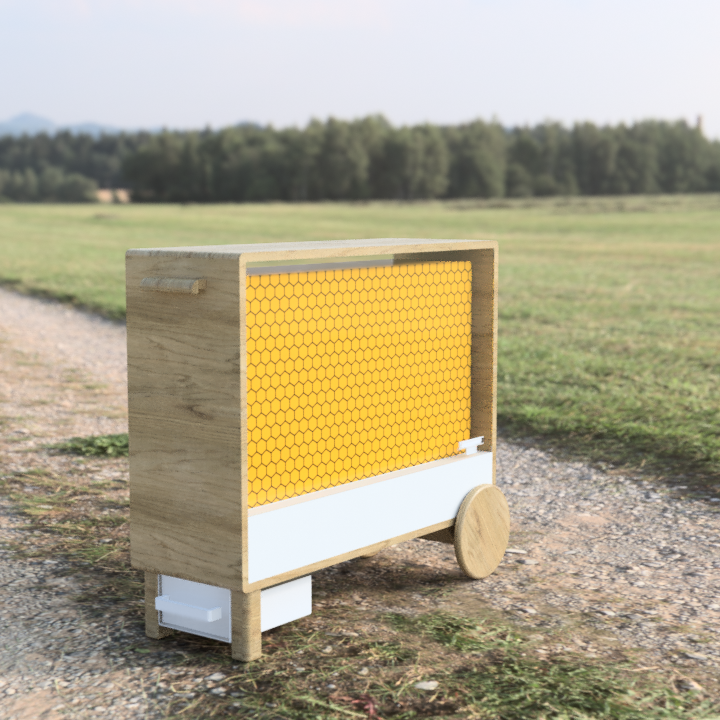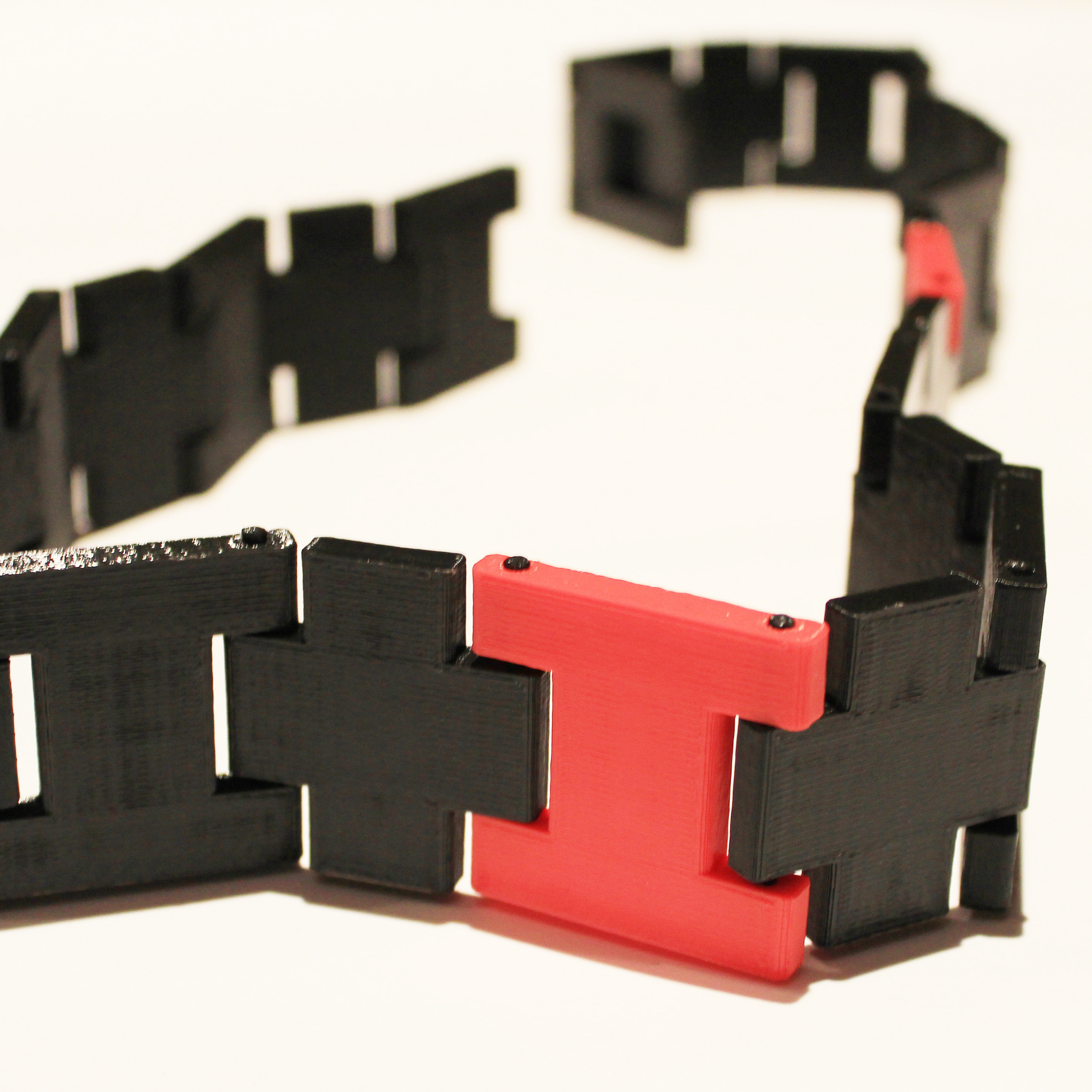Creating a hardware hack at QHacks
After attending Hack the North (Canada’s largest hackathon) in September 2016, I fell in love with the hacker lifestyle and the fact that a team of people could take an idea from inception to usable prototype in only a weekend. One hackathon I attended, Qhacks at Queens University, gave our team 36 hours and no restrictions to build anything we wanted. Having attended a few hackathons before this and focusing only on software, my hackathon partner Lauren and I knew we wanted to do something with hardware. With this in mind, we set off to Qhacks with high hopes of building something with wires and silicon rather than with pixels.
The Process
Our initial idea came quite quickly to us after chatting with one of Lauren’s Kingston-based friends studying medicine. Before the hackathon started we got to talking about different medical conditions such as epilepsy, and ended on the idea of a device that could detect seizures and get that person help. Lauren and I both felt that a device that could help someone in this manner would be well worth our weekend, so we decided to go for it.
The Process
When we got to hacking on our first Arduino board we realized that we may have underestimated how difficult it would be to get our hardware and software properly working together. Throughout the process, we ended up having to switch between four Arduino boards and two Intel Edison boards from varying compatibility issues, technical difficulties, hardware requirements and at times just frustration that our code would not upload correctly. This process ended up consuming a great deal of our hack time, but we were not deterred from our goal.
The Product
Our final vision was a device that, when a seizure was detected and confirmed, would send an HTTP request to an Amazon Web Services (AWS) account and leverage their Simple Notification Service (SNS) to send a text message to Emergency Services and a list of the wearer's emergency contacts. Unfortunately, we did have a little trouble connecting our Edison board to the AWS API, but we think given a few more hours of hack time we could have pulled it off.
The Potential
While the hackathon had officially ended after 36 hours, our team had already conceptualized a future for our hack well past what the 36 hours would allow. Utilizing the Internet of Things (IoT) we felt this device could assist an individual with epilepsy to an even greater extent. For example, if someone was having a seizure in their home and an ambulance was called, this device could connect to the patient's smart lock to ensure the medics could easily gain entry to the home. Perhaps at the same time, all the connected lights in the home would illuminate to ensure the medics could find their way. Perhaps even a smart porch light could change its colour to make the home easier to find. The possibilities for this technology are endless as the Internet of Things continues to grow.
The Team
A huge thank you to Lauren and Marcus for joining me at QHacks!
If you'd like to learn more about Epilepsy please click here.









